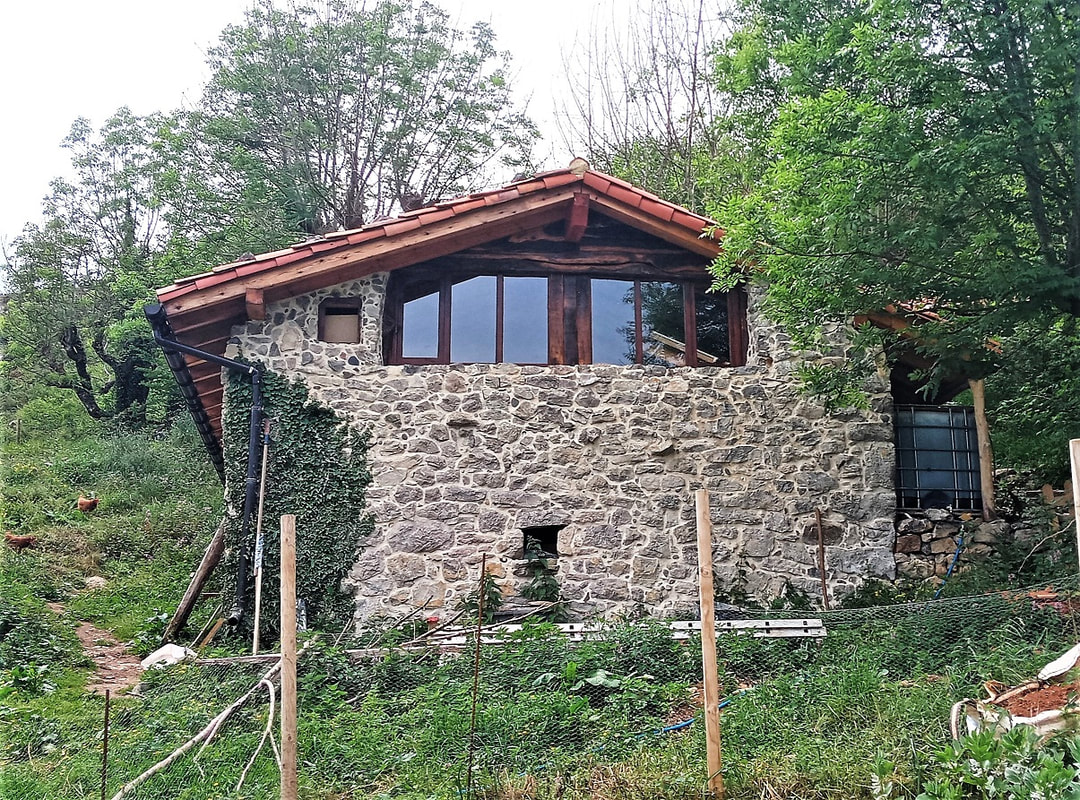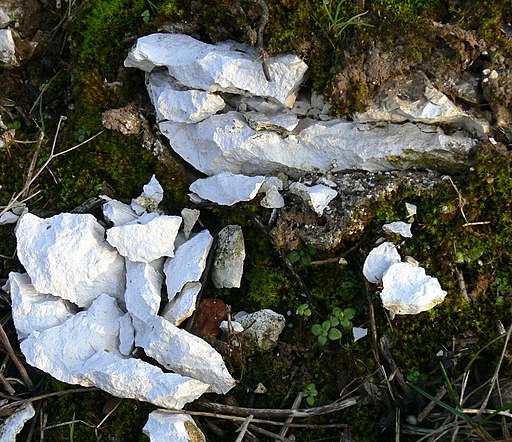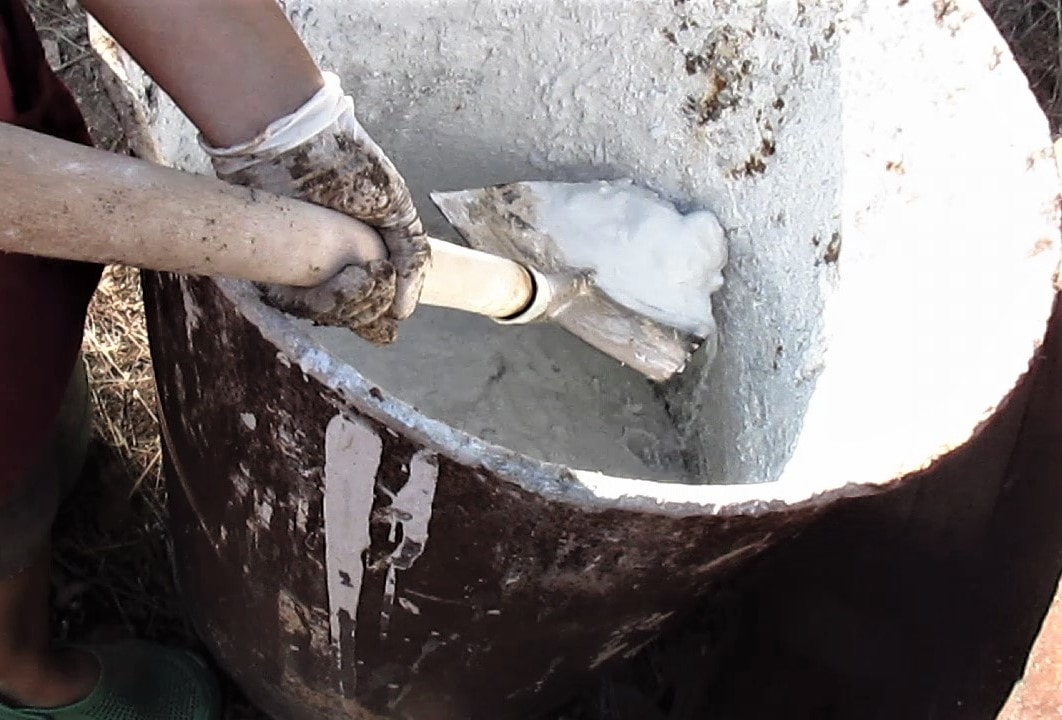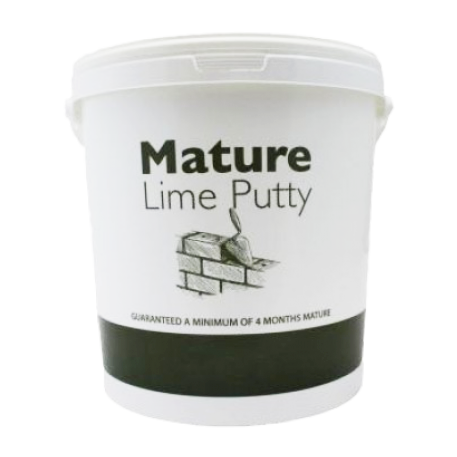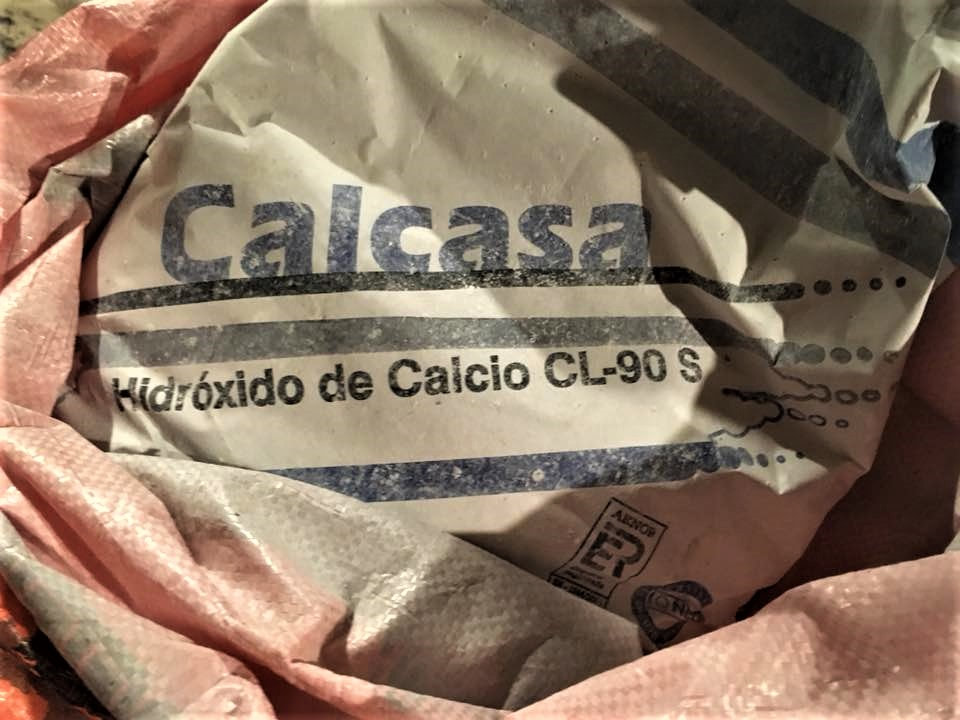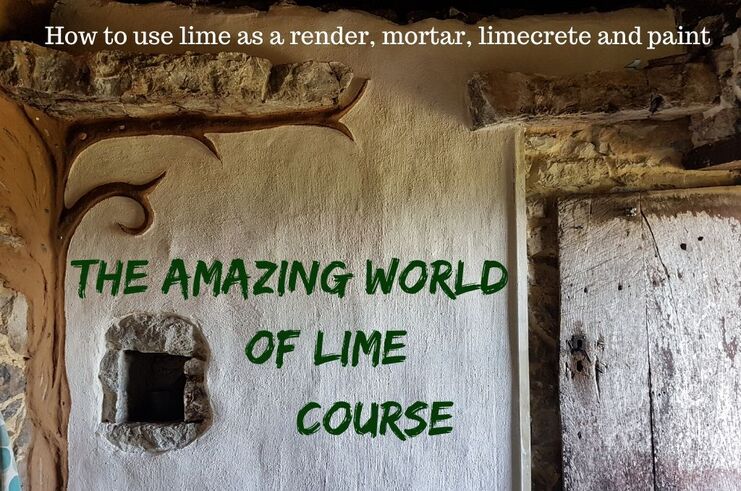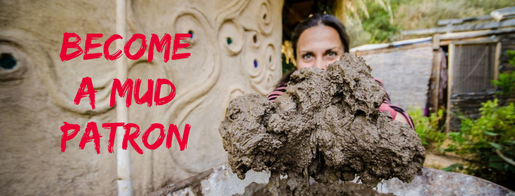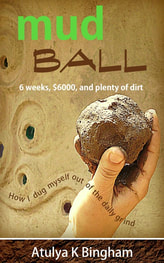The Amazing World of lime
Lime is one of the most underused, useful and beautiful building materials out there. But there's a lot of confusion about how and when to use it. That's why I made an affordable online course to show you how to use lime as a mortar, render, limecrete, and as a paint.

